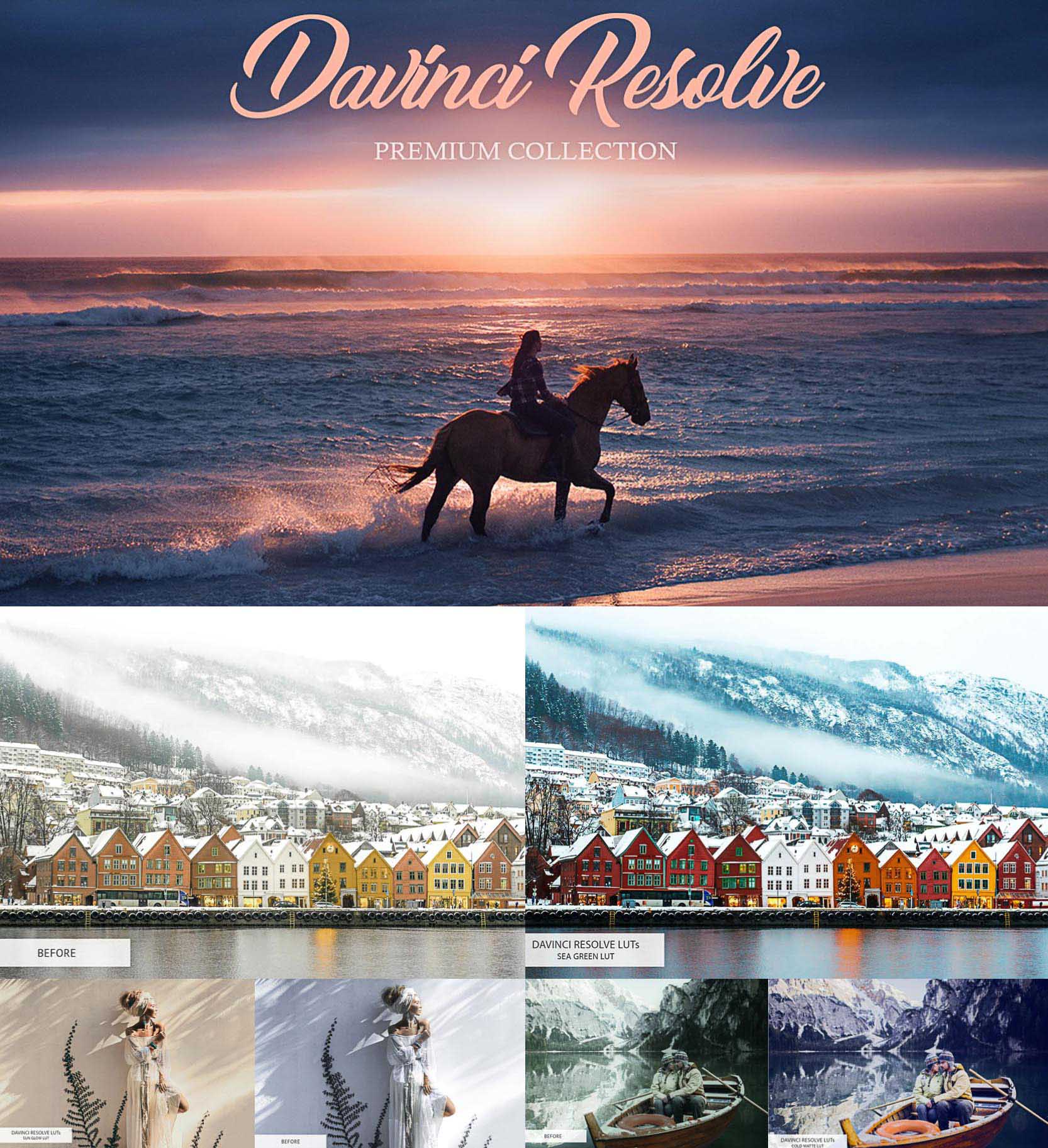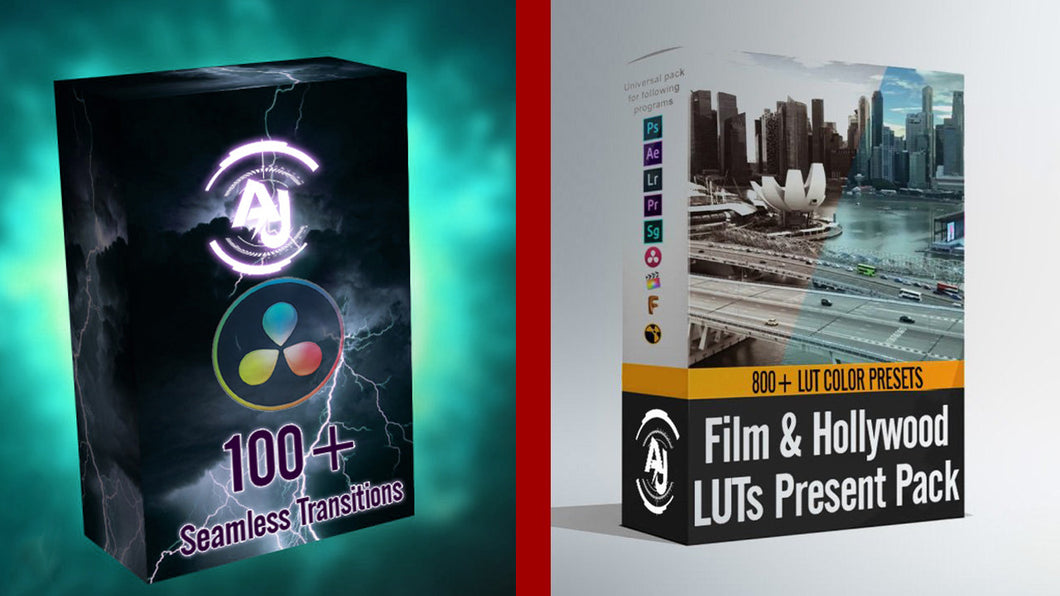
cube format, any application that generates a 3D LUT in that format can be used to create a new LUT that is compatible with LUT Utility. You may use this pane to install additional LUTs, however, you can also install them by placing the LUT file into the correct Motion template folder. LUT Utility installs as a Motion template and also appears as a System Preferences pane. It installs with eleven basic LUTs, which include a number of camera log to Rec 709 patches, as well as several film looks for Fuji, Kodak, 2 Strip and 3 Strip emulation. The LUT Utility has become a “go to” tool for Final Cut Pro X editors who want to use LUTs. This way you aren’t trying to recover highlights or shadow detail that might have been compressed by the LUT values. Often in a chain of filters, you will want the LUT as the last effect and do all of your grading ahead of that filter. LUTs are a starting point, so you will still have to color correct (grade) the shots to get the right look. Depending on the company, you may have a single filter that combines the look with the camera patch or you may have to apply two separate filters. The second LUT provides the desired “look”. The first, known as a camera profile patch, adjusts for a specific model of camera and that manufacturer’s log values. Most LUTs are created with a particular color space in mind, which means you actually need two LUTs. cube, which can easily be generated by a knowledgable editor using DaVinci Resolve, AMIRA Color Tool or FilmConvert, to name a few. While many of these developers include their own film look LUTs, it is also easy to create your own LUTs that are compatible with these plug-ins.

A number of companies offer inexpensive plug-ins to import and apply common 3D color LUTs within most NLEs, grading software and compositors. Color look-up tables, known as LUTs, have long been used to convert one color space to another, but now are increasingly used for creative purposes, including film stock emulation. Those manufactured by Sony, ARRI and Canon have become popular, and with them, so have a new class of color correction filters used by editors.

Newer cameras offer the ability to record in log gamma profiles.


 0 kommentar(er)
0 kommentar(er)
